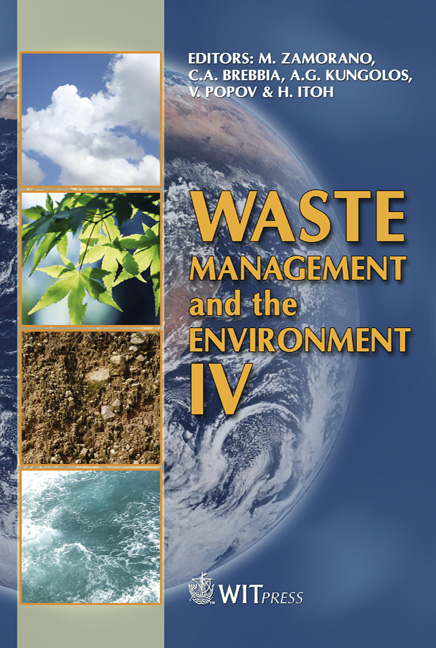How To Compare Industrial Techniques To Best Available Techniques?
Price
Free (open access)
Transaction
Volume
109
Pages
10
Page Range
707 - 716
Published
2008
Size
332 kb
Paper DOI
10.2495/WM080721
Copyright
WIT Press
Author(s)
A. Cikankowitz & V. Laforest
Abstract
In order to reach an adequate level of environmental protection, the European Union has defined a set of common rules, in the Integrated Pollution Prevention and Control (IPPC) directive, based on Best Available Techniques (BAT) for many pollutant installations. However, there is a problem: the IPPC does not suggest a way to meet BAT requirements for individual industrial units. Therefore, this paper presents the development of our environmental performance assessment methodology in order to transpose and facilitate the implementation of the IPPC directive locally. The approach offers a method to verify overall if an industrial installation conforms with BAT. This methodology is participatory and created with the advice of both industrial (from the metal finishing sector) and governmental (local, regional and national) representatives. This cognitive aid is designed to be updatable to deal with future regulatory and technical change. The participative approach plans to establish a decision support tool that is user friendly, effective and representative of the context involved. Finally, the case study is ongoing in the metal finishing sector. Keywords: Best Available Techniques (BAT), environmental performances, assessment methodology, IPPC directive, metal finishing. 1 Introduction Industrial production processes account for a considerable share of the overall pollution in Europe. Therefore, the European Union has a set of common rules for the issue of permits and monitoring industrial installations in its Integrated Pollution Prevention and Control (IPPC) directive. According to the French
Keywords
Best Available Techniques (BAT), environmental performances, assessment methodology, IPPC directive, metal finishing.





